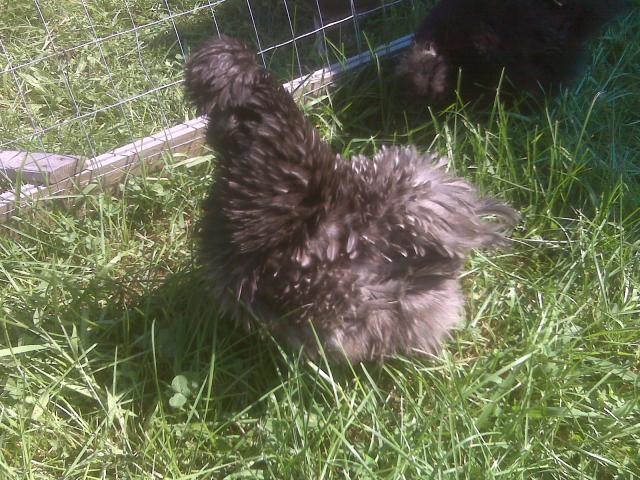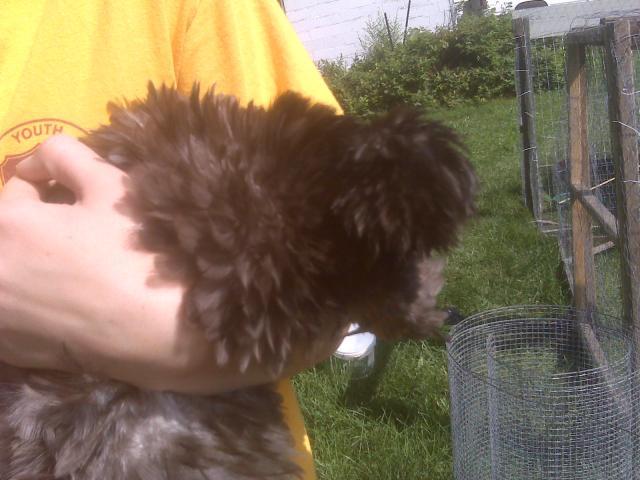Quote:
Joanie, 99.99% of us will never be Master Breeders or Master Exhibitors, and you won't see pics of our birds in Poultry Press. And that's just fine - unless your goal is to be a Master Breeder. But if your goal was to be a Master Breeder or Exhibitor, then I'm thinking you probably never would have bought the birds in the first place, because you would already know the SOP inside-out.
So 99.99% of us are Master Hobbyists or Fanciers.
All of us have had our birds critiqued at one time or another - and most of the time, although it's meant as constructive criticism, it's still hard to take. We have fallen in love with what we thought was the perfect bird, only to find out its not perfect - only average.
I've had my share of let-downs here, too, but I consider each a stepping stone to improving my knowledge and breeding techniques.
We need breeders such as yourself to continue posting - many of us learn just as much when you share your experiences as we do from Tom's. And we truly enjoy seeing pics of your birds. (Personnally, I'd love to see more on how your Lemon Blues are progressing - if I remember right, you were getting pretty close to getting the color stabilized while maintaining type.)
And we need Tom to continue his great contributions, as well as his constructive criticisms. I don't want to see him to hold back on his critiques, any more than I want to see you hold back on your posts.
Sorry....
Joanie, certainly not my intent to offend, rather to provide constructive criticism in a forum setting. Couple reasons. The main title of this overall forum thread is "Breeds, genetics & showing." I get it, not everyone on here is concerned that their birds meet the standard to the letter, and that's fine. This is a hobby, and each of us focuses on different aspects and enjoys it in our own way. However, I feel I have certain responsibility to the hobby, as both a breed club president and an ABA director to share what I've learned through trial and error and what I know specifically about Cochins, which certainly isn't everything. I have always been hesitant to post replys or make comments on other fanciers birds because it's sometime difficult to relay via forum posts the inflection behind the words. There is no such thing as a perfect chicken, at least not when critiqued against the standard. If there were I doubt this would be much fun. The challeng is to get as close as possible. I am my birds own worst critic, and while I do show, the showing part is not why I am in this hobby. I get more enjoyment out of the breeding aspect. Genetics calculators are great tools if you know the exact genetic make up of the birds you started with. So at best they provide predictive analysis in many cases. Before I get way off topic I'll steer back to where I was going. Too many times I've seen folks that are new to the hobby (especially kids) purchase something from a hatchery or over the internet as a particular breed or variety. They raise them and then enter them in their local fair show or their first open junior show only to find out that their bird looks nothing like the other birds in the class, and they are confused because the hatchery said that it was a "fill in the breed/variety" but it doesn't look these other birds. Partridge Cochin Bantams need more breeders. There are very few sources to get birds from. If you really like the variety, I hope you stick with them. If you need some birds to work into your breeding program, let me know and I can give you a couple names, but you may have to wait a bit for availability. I enjoy reading the posts, and especially like the ones that get into the breeding aspect. The threads on Columbians is pretty interesting and with the photos it makes them even more educational, for me, and hopefully for the others that are reading. At any rate, my critique was not meant to offend. I was going for constructive information.















